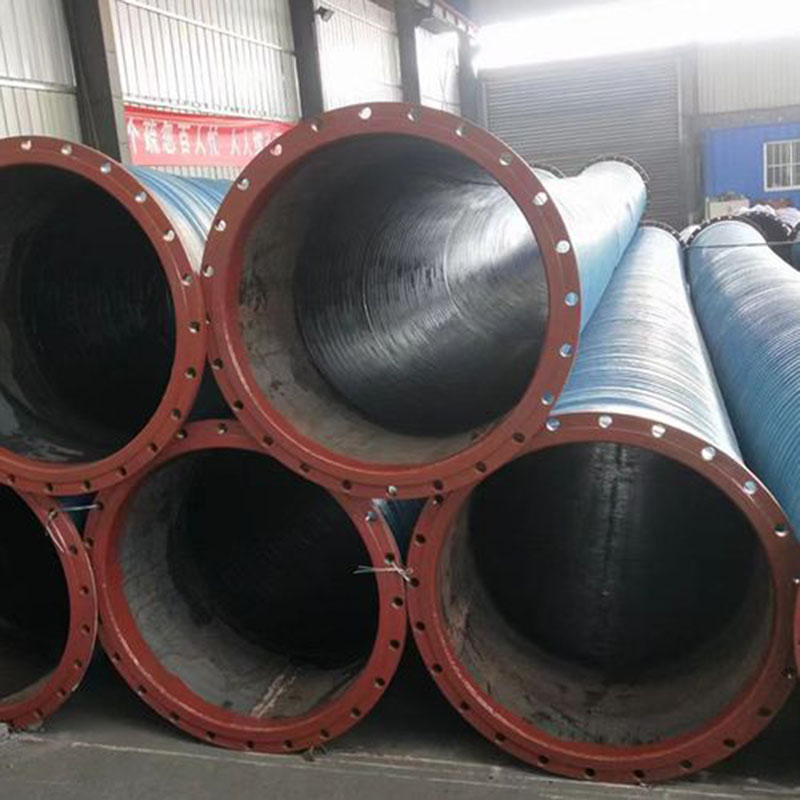Navigating the Installation Process of Outside Natural Gas Soft Connections: Tools, Techniques, and Best Practices
2024-04-10
Outside Natural Gas Soft Connections (ONGSC) have emerged as a modern solution for gas distribution, offering flexibility, efficiency, and reliability. Understanding the installation process is crucial for ensuring the safe and effective deployment of these systems. In this blog, we'll explore the step-by-step process of installing an ONGSC and highlight any special tools or techniques required:
1. Site Assessment and Preparation
Before initiating the installation process, conducting a thorough site assessment is essential. This involves evaluating the terrain, identifying potential obstacles or hazards, and determining the optimal route for laying the soft piping. Adequate clearance from existing utilities, structures, and vegetation should be ensured to prevent interference during installation.
2. Soft Piping Layout and Alignment
Once the site assessment is complete, the soft piping layout is planned to accommodate the specific requirements of the project. This involves determining the placement of connectors, valves, and support structures along the route. Proper alignment of the soft piping is crucial to ensure smooth flow and minimize stress on the components during operation.
3. Excavation and Trenching (if required)
In areas where excavation is necessary, trenches are dug along the planned route for laying the soft piping. Care must be taken to adhere to local regulations and safety guidelines regarding trench depth, width, and shoring requirements. Specialized equipment such as excavators or trenchers may be used to expedite the excavation process.
4. Soft Piping Installation
The soft piping is carefully unrolled and laid along the trench or route according to the pre-determined layout. Connector fittings are used to join individual piping segments, ensuring secure and leak-proof connections. Transition fittings may be employed to connect the soft piping to existing gas infrastructure or rigid components.
5. Support Structure Installation
Support structures such as hangers, brackets, and anchors are installed along the soft piping route to provide stability and prevent sagging or displacement. These structures are secured to nearby structures or embedded in the ground using appropriate fasteners or anchors. Proper spacing and alignment of support structures are crucial for maintaining the integrity of the ONGSC system.
6. Pressure Testing and Inspectio
Once the installation is complete, the ONGSC system undergoes pressure testing to verify its integrity and identify any leaks or defects. This involves pressurizing the system to a specified level and monitoring for pressure fluctuations over a designated period. Inspection of all components, connections, and support structures is conducted to ensure compliance with safety standards and regulations.
Special Tools and Techniques
- Pipe Cutters and Fusion Tools: Specialized pipe cutters and fusion tools may be used to trim and join soft piping segments, particularly in applications where welding is required.
- Trenchless Installation Methods: In certain scenarios, trenchless installation methods such as horizontal directional drilling (HDD) or pipe bursting may be employed to minimize disruption to the surrounding environment and infrastructure.
- Leak Detection Equipment: Advanced leak detection equipment, such as electronic sniffers or pressure testing devices, may be utilized during installation and testing phases to identify and mitigate potential leaks promptly.
Conclusion
In conclusion, the installation process of Outside Natural Gas Soft Connections requires careful planning, precise execution, and adherence to safety standards and regulations. By following best practices and leveraging specialized tools and techniques, operators can ensure the successful deployment of ONGSC systems for efficient and reliable gas distribution. Collaboration between project stakeholders, including engineers, installers, regulators, and community members, is essential to mitigate risks and ensure the safety and integrity of gas distribution infrastructure. Ultimately, prioritizing safety and quality during installation lays the foundation for the long-term performance and sustainability of ONGSC systems.



